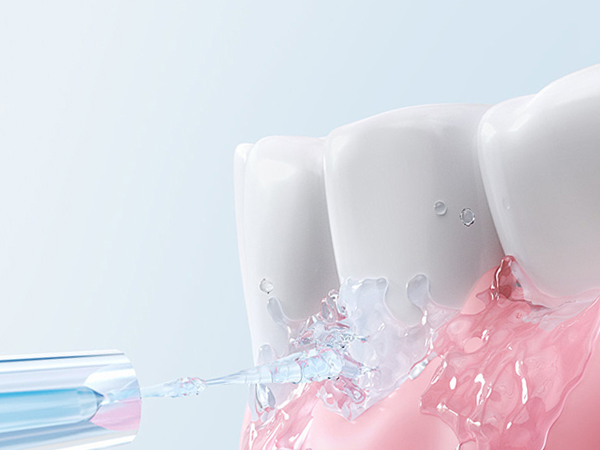The evolutionary history of oral hygiene
The commitment of ancient culture to good oral hygiene and clean teeth can be traced back to the use of various devices and technologies. The ancient Egyptians around 5000 BC were the first documented humans to take care of their teeth with a broken branch. The Greeks and Romans both used chewing sticks, feathers, and bones to clean their teeth, but these were not the only methods.
Around 1600 BC, Chinese people used a mixture of salt, herbs, and spices to clean their teeth, while Indians used neem and Babur branches to brush their teeth. Using these branches is an effective method for removing plaque and other debris between teeth, as they include natural antibacterial properties.
The first modern toothbrush was not born in England until the late 17th century. This toothbrush is mainly used by upper class individuals and has a bone handle and wild boar hair. The first mass-produced toothbrush was born in the 1930s, although it has undergone several changes since its inception.
In the 19th century, an American dentist named Levy Pamley discovered that waxed thread could easily remove food residue between teeth. Compared to toothpicks, dental floss can penetrate deep into the gaps between teeth without damaging the teeth.
The world's first Water Flosser was developed in 1955. At that time, Gerald Moyer, a dentist from the United States, discovered during his long-term practice that many patients were unable to effectively clean the gaps between their teeth, which led to the idea of designing an oral cleaning device.
In 1958, he received help from a patient who was a hydraulic engineer doctor. After 145 trials, the two finally obtained a satisfactory design that could form a pulsed water column in the 146th trial and applied for a patent. This is the prototype of the earliest dental impactor.
So far, Water Flosser have become essential daily necessities for people's oral hygiene.
The working principle of most dental irrigators is to pressurize water through the pump body, generating a high-pressure pulse water column, and clean the gaps between teeth and other hidden corners around the teeth through the water flow impactor.
The pulsed water jet from the Water Flosser can effectively clean dental plaque and food residue between teeth and gums. A study by the University of Southern California showed that flushing with pulsed water at a frequency of 1200 times per minute and a pressure of 70 psi for three seconds can remove 99.9% of the dental plaque in the target area. Compared to simply cleaning teeth with a toothbrush, using a toothbrush in combination with a toothbrush can better suppress dental plaque.


